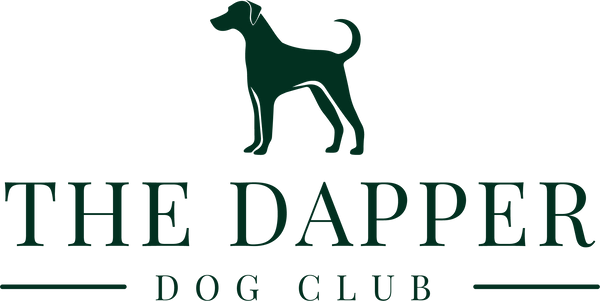Transform your home into an agility arena, combining fun and fitness for your dapper dog. In this guide, we'll introduce agility training as a dynamic way to enhance your dog's physical fitness and mental stimulation, along with DIY tips for creating an exciting home agility course.
1. The Joy of Agility: A Whole-body Workout
Agility training is more than just exercise—it's a thrilling combination of physical and mental stimulation. Dogs of all breeds and sizes can benefit from agility, improving their flexibility, coordination, and overall fitness. It's a fantastic way to keep your pup engaged while fostering a strong bond between you and your energetic companion.
2. DIY Agility Equipment: Building an In-Home Course
Create a DIY agility course using household items. For jumps, use broomsticks laid across sturdy supports. Construct weave poles with PVC pipes or even garden stakes. Make a tunnel using blankets or large cardboard boxes. For a simple pause table, use a sturdy surface like a coffee table. DIY agility equipment allows for creative and budget-friendly at-home training.
3. Introduction to Basics: Building Confidence
Start with the basics to build your dog's confidence. Use treats or toys to guide them through low jumps, introduce them to the tunnel, and encourage them to weave through poles. Keep initial sessions short and positive, focusing on making each obstacle a rewarding and enjoyable experience.
4. Gradual Progression: Increasing Difficulty Safely
As your dog becomes comfortable with basic obstacles, gradually increase the difficulty. Raise jump heights, add more weave poles, or make the tunnel longer. Pay attention to your dog's comfort level and adjust the difficulty accordingly. The goal is to challenge them while maintaining a positive and rewarding training environment.
5. Positive Reinforcement: Turning Agility into a Game
Make agility training a game by using positive reinforcement. Reward your dog with treats, praise, or play after successfully completing each obstacle. This positive association encourages enthusiasm and eagerness, making agility training a joyous activity that your dog looks forward to.
6. Consistent Practice: Building Skills Over Time
Consistency is key to agility success. Practice regularly, incorporating agility exercises into your daily routine. Short, frequent sessions are more effective than long, infrequent ones. Consistent practice not only builds agility skills but also strengthens the bond between you and your dapper dog.
7. Safety First: Ensuring a Secure Environment
Prioritize safety by ensuring a secure environment for agility training. Remove any potential hazards from the course area, secure DIY equipment properly, and always supervise your dog during sessions. Safety is paramount to creating a positive and risk-free agility experience at home.
Embark on the exciting adventure of agility training at home, and witness the transformation of your dog into a nimble and confident athlete. With a DIY agility course, positive reinforcement, and consistent practice, you'll not only enhance your dog's physical fitness but also provide them with a mentally stimulating and joy-filled activity. Get ready for a fitness journey that brings out the best in your dapper dog!

